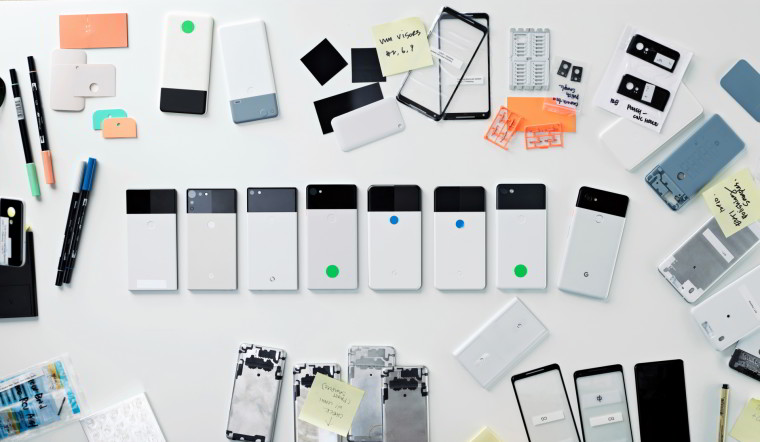
It isn"t often that customers get to go behind the scenes and see what iterations products go through before they actually hit retail. Just how many versions of a device are looked at before a decision is made on the final look and feel? Google has opened up a bit on the process with an in-house interview with its designer Ivy Ross.
Ross, who leads a team that "creates how a Google product—including Google Home, the Pixel laptop and wearables—looks, feels and acts when you hold it in your hands," said that she has been a designer most of her life, even recalling making a chainmail dress for an event and carrying a screwdriver instead of a needle and thread for emergency repairs. She has even had some of her jewelry work placed in museums around the world.

Those experiences brought her to Google with her own philosophy. "I don’t spend much time looking at other electronics beyond what I need to understand about the market," Ross said. "You can’t create anything new by only looking within your own category so I draw inspiration from art, materials, furniture, music, nature and people. My dad taught how to look at something and see more than what appears on the surface."
Pictures with the interview offer a variety of concepts, from a look at the Pixelbook, to fabric designs for the Google Home, a product Ross is particularly proud of. "The way we used fabric for Home Mini was not an easy path. It required special construction to accomplish the simplicity of the form with great acoustics," she said. "Some of the things that look the simplest can actually be the hardest to construct! I’m proud that we created a beautiful group of products without sacrificing their function."
In designing, she said she tries to make everything feel ... human. "By that I mean friendly, emotionally-appealing and easy to fit into your life and your home," she said. I believe more time we spend in front of flat screens, the more we’ll crave soft and tactile three-dimensional shapes. This is reflected in the fabric in Home Mini, Home Max and Daydream View, the texture of Pixel phones and Pixel Books, and the soft silicon pad where you rest your wrist while typing on the PixelBook [sic]."
Whether or not you agree with the design choices or appreciate Google hardware products, its nice to get a bit of an inside peek at some designs and decisions before they make it to the big stage for a reveal.
Source and Images: Google"s The Keyword